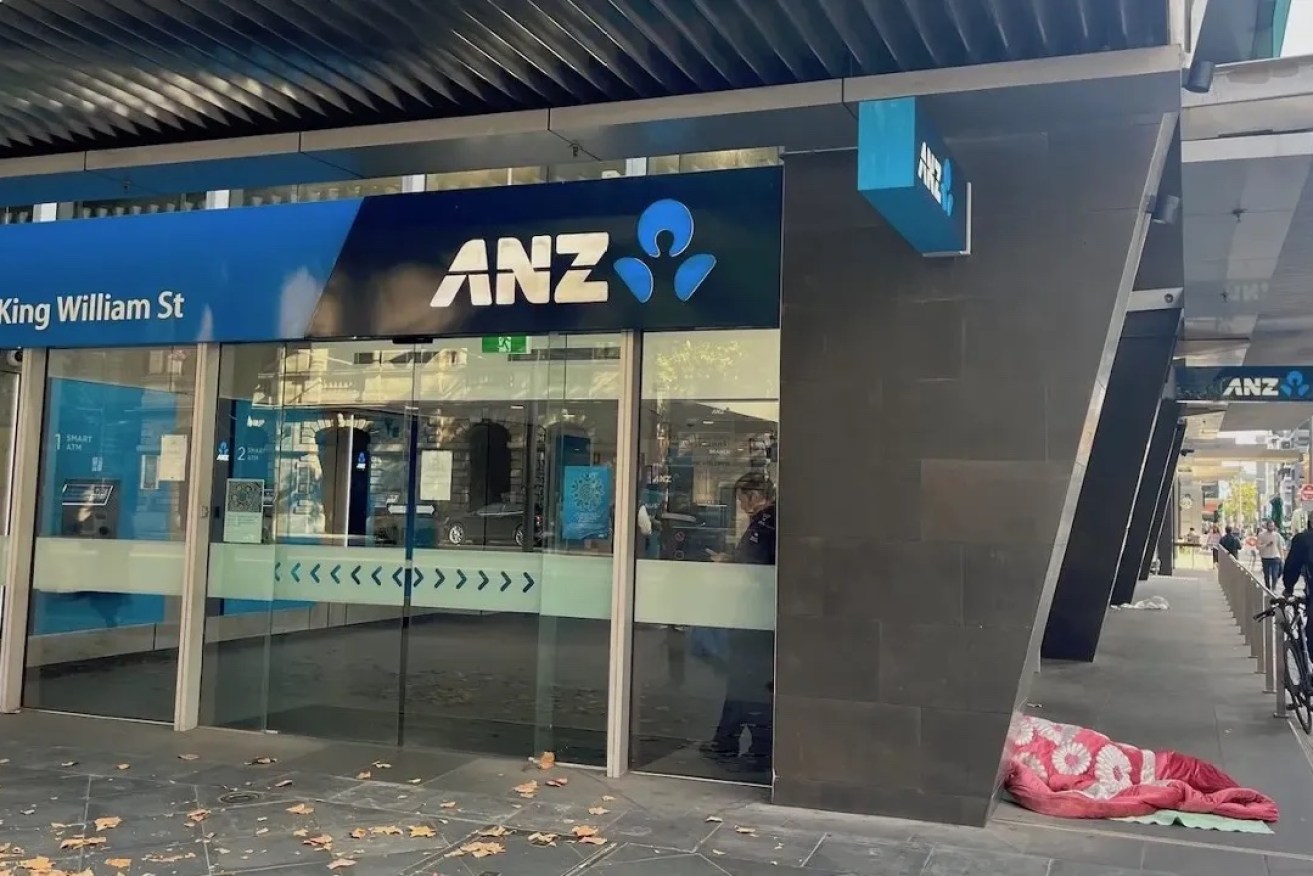Nation’s ‘fair go’ mantra eclipsed by growing gap between rich and poor
Australian leaders must urgently address an alarming wealth gap and cycle of “persistent poverty” as the nation’s highest 20 per cent of income earners now earn six times the income of the lowest 20 per cent, according to a State of Social Impact report released today.


Photo: Belinda Willis
The report shaped by an inaugural Social Impact Summit held earlier this year found many corporations now recognise they are integral in tackling figures that show one in eight Australians lives in poverty.
“Australia faces the stark reality of growing inequality and persistent poverty,” the report, which has been handed to the federal government, stated.
“This trend is exacerbated by factors including the rising cost of living, job insecurity and disparities in access to education and healthcare. The report underscores the urgency of addressing these disparities to ensure a more equitable society.”
Written by the Impact Institute, the report showed an appetite for change but said it was being hampered by tunnel vision and a society “built on an individualistic system that glorifies competition at all costs”.
Australia is the world’s 12th largest economy with 25 years of continuous economic growth, the highest median health in the world and the sixth largest number of high-income households in the world.
Yet there is an alarming number living below the poverty line “with many also caught in a perpetuating cycle of disadvantage”, the report said.
Dr Laura Dixie, the director at actuary firm Taylor Fry, cited the figures at the summit showing the gap between the top 20 per cent of income earners and those in the bottom bracket in Australia.
“This disparity casts a long shadow over Australia, particularly for marginalised communities. We must bridge this gap with immediate collective action to ensure a just future,” Dixie said.
Rising house prices and costs of living highlight the risk of greater economic inequality in upcoming years, the report said, covering insights from 300 Australian chief executive officers and leaders at the Social Impact Summit in June.
It cited Australian Bureau of Statistics data showing that while net worth (wealth) per household increased 7.4 per cent to $1,411,637 between 2020-21 and 2021-22, as many as 13.4 per cent of the population and 16.6 per cent of children (one in six) continue to live below the poverty line.
The Australian Council of Social Service showed alarming trends in its annual report, Poverty in Australia 2023: Who is affected, including that 34 per cent of sole parent households are in poverty along with 52 per cent of tenants in public housing and 25 per cent of people with a disability.
“This need is not lost on politicians and bureaucrats,” the report said, with the 2023-24 federal Budget containing a $199.8 million entrenched disadvantage package.
“Most notable is the $100 million Outcomes Fund, which is the largest spending measure contained within this package,” the report said.
“The Commonwealth will partner with states, territories, and social enterprises to invest in projects that deliver outcomes for communities and tackle disadvantage.”
Summit contributor, political economist and co-founder of the Wellbeing Economy Alliance, Dr Katherine Trebeck called for a fundamental economic shift to tackle social issues and foster market equity.
“Governments must introduce policies and design an economy that delivers social justice on a health planet for ourselves and future generations,” she said.




